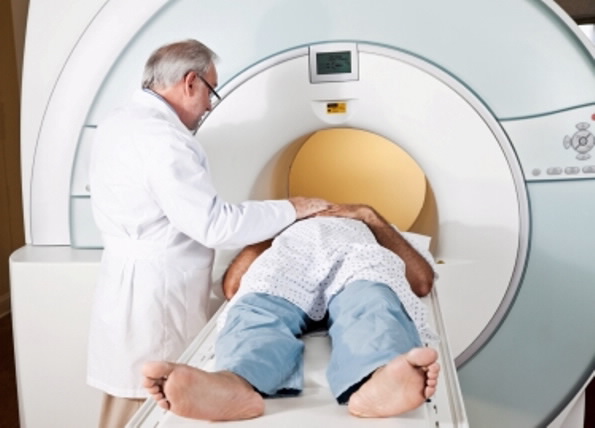 |
| To benefit humankind, radiation is used in medicine to diagnose and treat diseases. |
The International Conference on the Safety and Security of Radioactive Sources organised by the International Atomic Energy Agency (IAEA) and hosted by the Government of the United Arab Emirates was held in late October in Abu Dhabi.
Attended by more than 300 participants from almost 90 countries and six regional and international organisations, it was the first major international conference on this topic since 2005.
Representatives from the Australian Nuclear Science and Technology Organisation (ANSTO) presented two papers. Steve McIntosh spoke on the global Code of Conduct on the Safety and Security of Radioactive Sources and Andrew Popp detailed some of the latest work being done relating to security and safety of radioactive sources in South East Asia.
Download these presentations and more from the conference:
- International cooperation on radioactive source security in South East Asia
- Enhancing radiological emergency preparedness and response in South East Asia through applied training and capability development
- Improving the security of radioactive sources in industrial radiography and well logging
- View all presentations from the IAEA conference
ANSTO plays an important role in the IAEA ensuring Australians and people from around the world benefit from global developments in nuclear science and technology and also placing us as a trusted regional neighbour in assisting developing Asia-Pacific countries to maintain and develop nuclear applications effectively, safely and securely.
Our team of experts, including people like Steve and Andrew, help facilitate much of this important work at both an international and local level.
Steve has nearly twenty years of experience working closely with the IAEA. He was chair of the Expert Groups which developed the Code of Conduct in 2000, and chaired subsequent negotiations dealing with the revision and implementation of the Code and its associated Import-Export Guidance.
Andrew is a physicist who works in a range of technical areas covering radiation protection, detection, identification, nuclear security, emergency response, and counter-terrorism. He previously worked on the ANSTO Regional Security of Radioactive Sources (RSRS) project conducting cooperative activities in South East Asia to strengthen the security of radioactive sources and the capacity to respond to incidents involving sources in the region.
More about the conference
Radioactive sources are used in medical treatment, in prospecting for oil and gas, in measuring the density of soil for construction projects, and in sterilizing food and medical equipment.
Ensuring their safety and security has been a matter of global attention over the last decade and significant improvements have been made in this respect. However, accidents with significant consequences still occur, and there remain security concerns.
The Conference provided an opportunity to review the current situation and to identify the means of maintaining the highest possible level of safety and security of radioactive sources throughout their life cycle and everywhere in the world.
The International Atomic Energy Agency (IAEA) has established requirements and guidelines for the safety and security of radioactive sources that are set forth in the relevant publications in the IAEA Safety Standards Series and the IAEA Nuclear Security Series.
The IAEA assists its Member States in implementing these requirements and guidelines in a number of ways, and in coordination with other bilateral or multilateral initiatives.
Please visit the IAEA website for more information.


